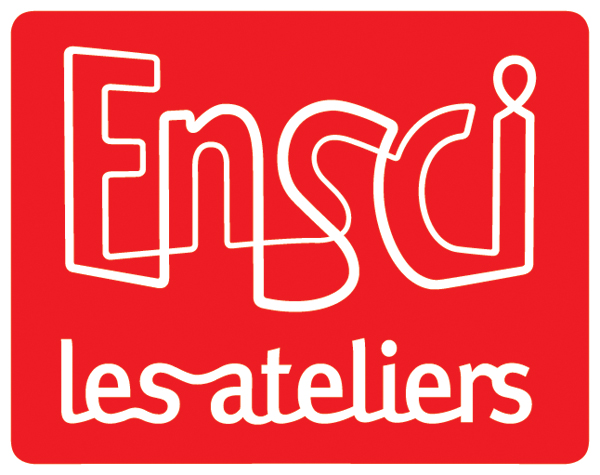DNSEP Design sonore
Le design sonore désigne la création sonore appliquée dans tous les domaines où penser le son, l'imaginer, le fabriquer et l'intégrer s'avère nécessaire : industrie, urbanisme/architecture, multimédia, marketing, arts (cinéma, spectacle vivant, installations etc.). Ces domaines d'application variés soulèvent des questions et définissent des objectifs que le•la designer•euse sonore devra maîtriser dans l'exercice de son métier.
Comment, à travers la dimension sonore, améliorer la performance, le confort d'utilisation, l'accessibilité d'un objet industriel ou d'une interface homme-machine ? Comment faciliter grâce au son l'usage d'un espace architectural ou urbain complexe ? Comment penser un son en prenant en compte sa qualité, sa fonction et sa perception, dans des contextes saturés d'information et de medium de communication ? Comment réfléchir à la place du son et à sa dimension artistique dans des situations aussi différentes que la scène, l'espace public, la publicité, l'installation d'art plastique ou l'événementiel ? Comment mieux composer l'environnement sonore à l'heure de la dématérialisation du quotidien ?
Tels sont quelques-uns des défis que le•la designer•euse sonore sera amené•e à réfléchir et à relever. À l'instar des autres champs du design, son activité se déploie suivant une double démarche : démarche artistique porteuse d'une véritable exigence esthétique et conceptuelle ; démarche de production qui sait synthétiser les multiples contraintes fonctionnelles, techniques, économiques, morphologiques de l'objet, de l'espace ou du service considéré. Le•la designer•euse s'appuie pour cela sur une véritable méthodologie de projet, en interaction permanente avec des professionnel•le•s de l'entreprise ou des institutions publiques commanditaires, comme avec des spécialistes d'autres disciplines connexes (designers•euses, architectes, ingénieur•e•s, acousticien•ne•s, ergonomes, cogniticien•nes...).
L'École supérieure d'art et de design Tours Angers Le Mans s'est alliée avec l'Ircam, l'ENSCI-les Ateliers (École nationale supérieure de création industrielle) et le Laum (Laboratoire d'acoustique de l'université du Maine) pour créer une formation diplômante en deux ans préparant au métier de designer•euse sonore, sur le site du Mans. L'intégration à cette nouvelle filière en design sonore se fait sur concours, à l'entrée de la 4e année de l'École supérieure des Beaux-Arts, et débouche après deux ans d'études, sur l'obtention d'un DNSEP mention Design sonore (diplôme national supérieur expression plastique), habilité par le ministère de la Culture et communication et valant grade de Master.
La formation couvre les domaines variés de connaissances scientifiques, méthodologiques et culturelles nécessaires à l'exercice du métier. Elle permet d'acquérir les compétences artistiques, techniques et managériales indispensables au travail en équipe interdisciplinaire et à la conduite de projet de création industrielle. La formation donne en outre une place très importante (plus de la moitié du temps) aux travaux en ateliers, aux projets personnels des étudiant•e•s et à la mise en situation professionnelle, au travers de "sessions-projets" et de rencontres avec des professionnel•le•s, de stages en entreprise ou dans des laboratoires de recherche.
La formation est ouverte aux titulaires d'un diplôme reconnu de niveau Licence (BAC + 3)
- licence des filières artistiques des Universités (ou être inscrit•e en Licence au moment du concours)
- diplôme des écoles d'art équivalent au niveau Licence (DNAP, DNAT ou équivalents étrangers)
- diplôme des écoles d'enseignement musical spécialisé équivalent au niveau Licence (DNSPM ou équivalents étrangers)
- diplôme en composition ou électroacoustique des écoles d'enseignement musical spécialisé de niveau Bac (D.E.M.), à condition que l'étudiant•e possède parallèlement une Licence universitaire dans les domaines scientifiques ou sciences humaines.
Informations École supérieure d'art et de design Tours Angers Le Mans
Secrétariat pédagogique 02 72 16 48 78 | contact-lemans (at) talm.fr





